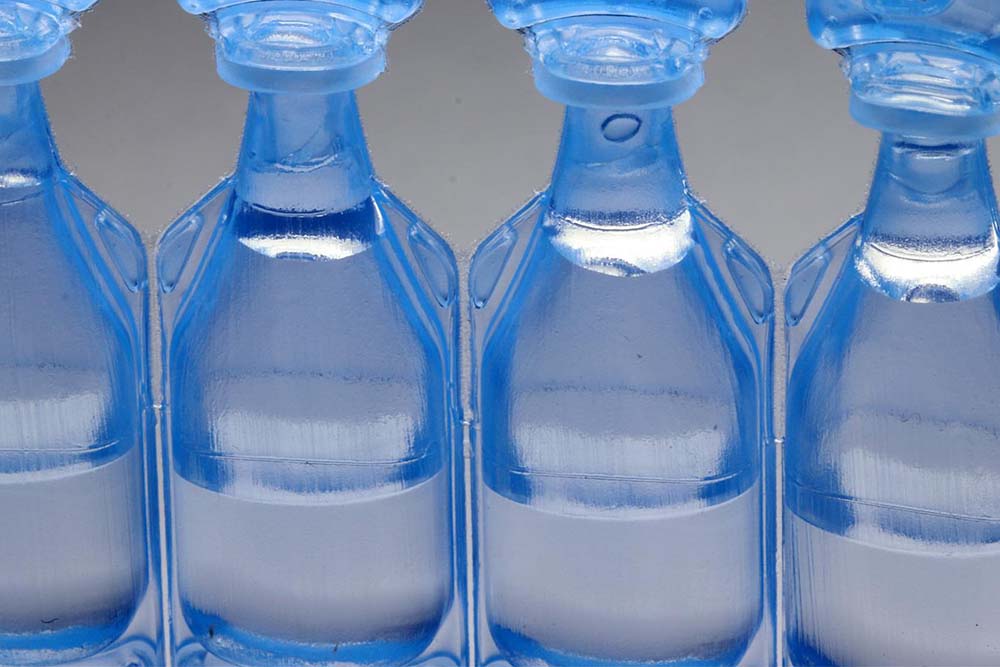Dispositivi medici: pubblicata l’MDCG 2022-5 sui prodotti borderline

Il 26 Aprile 2022 è stata pubblicata sul sito della Commissione Europea la linea guida MDCG 2022-5. Il documento, lungo 27 pagine, tratta i prodotti borderline tra medicinali per uso umano e dispositivi medici ai sensi del Reg. (UE) 2017/745 (MDR).
Il documento è stato elaborato da un gruppo di lavoro che include esperti delle Autorità Competenti europee, dei servizi della Commissione Europea, dell’EMA e di molteplici attori del settore DM, per essere poi approvato dal Medical Device Coordination Group stesso.
Il testo è diviso in 4 capitoli:
- Prodotti borderline: Dispositivi medici/Medicinali
- Prodotti herbal
- Dispositivi medici a base di sostanze
- Prodotto combinato farmaco/dispositivo
Il primo capitolo costituisce una discussione generale sui prodotti borderline DM/medicinale e presenta chiarimenti su definizioni o concetti riportati nel MDR, ma che non sono stati adeguatamente esplicitati; i 3 restanti trattano separatamente delle specifiche tipologie di prodotto.
L’MDCG 2022-5 esordisce spiegando come sia fondamentale, al fine della corretta implementazione ed applicazione dei testi di legge, stabilire la demarcazione tra il MDR e la Dir. 2001/83/CE relativa ai medicinali per uso umano (MPD).
È bene specificare che il legislatore ha già incluso, all’interno dei rispettivi testi di legge, delle disposizioni atte a distinguere le due tipologie di prodotto. La linea guida MDCG 2022-5 si propone quindi di fornire ulteriori spiegazioni ed esempi pratici al fine di chiarire queste disposizioni e permetterne la corretta interpretazione e comprensione.
Cos’è un prodotto borderline?
I cosiddetti “prodotti borderline” sono quelli per i quali non risulta chiaro qualora ricadano nel campo di applicazione del MDR o della MPD. La regola generale ci dice che un determinato prodotto può essere normato da uno solo dei testi di legge; ciò non toglie tuttavia che possano esistere dei prodotti che presentano delle proprietà riconducibili ad entrambe le categorie merceologiche.
È il caso questo di quei dispostivi medici che includono come parte integrante una sostanza che, se usata separatamente, sarebbe considerata medicinale.
Le definizioni e gli aspetti generali
Va premesso che, per rientrare nel campo di applicazione del MDR, un prodotto deve soddisfare la definizione di “dispositivo medico” ed essere incluso nello scopo (articolo 1.6 del MDR). L’MDCG riporta, tra le altre, sia la definizione di DM e relativi accessori che la definizione di medicinale per uso umano.
Viene a tal proposito proposta una interessante analisi su cui è bene soffermarsi.
Un medicinale è definito ai sensi della MPD come:
“a) ogni sostanza o associazione di sostanze presentata come avente proprietà curative o profilattiche delle malattie umane; o
b) ogni sostanza o associazione di sostanze che possa essere utilizzata sull’uomo o somministrata all’uomo allo scopo di ripristinare, correggere o modificare funzioni fisiologiche, esercitando un’azione farmacologica, immunologica o metabolica, ovvero di stabilire una diagnosi medica.”
Il criterio decisivo per separare medicinali e DM è quello fornito alla parte b) della definizione di medicinale, ovvero il modo d’azione principale del prodotto, che nel caso del medicinale prevede un’azione farmacologica, immunologica o metabolica.
Il dispositivo medico, infatti, non consegue la sua destinazione d’uso con tali mezzi, sebbene la sua funzione possa essere coadiuvata da questi. Il modo d’azione tipico del DM è infatti “fisico” (azione meccanica, barriera fisica, radiazione, lubrificazione, supporto o sostituzione di organi o di funzioni vitali ecc.)
In caso siano già state valutate tutte le caratteristiche del prodotto e questo soddisfi contemporaneamente sia la definizione di “medicinale” che quella di un altro prodotto disciplinato dalla normativa comunitaria, l’art. 2.2 della MPD prescrive che andrà applicata la MPD stessa.
Purtroppo, nonostante la presenza dei testi di legge e delle relative linee guida a supporto, inclusa la linea guida MDCG 2022-5 stessa (che, se da un lato chiarisce il peso determinante delle evidenze scientifiche a supporto del Fabbricante per inquadrare un prodotto all’interno del corretto quadro normativo, dall’altra non identifica le modalità pratiche con cui raccogliere tali evidenze, qualora quest’ultime non fossero disponibili) non sempre è semplice stabilire il corretto inquadramento dei prodotti.
Le aziende hanno facoltà di rivolgersi a consulenti esperti in ambito regolatorio come la Di Renzo Regulatory Affairs, in grado di supportare i fabbricanti anche attraverso l’erogazione di servizi preliminari quali studi di fattibilità.
Scritto da: Daniele Scarpino
Foto di HeungSoon da Pixabay





